Genealogy
Practical Guides for Librarians
 About the Series
About the Series
This innovative series written and edited for librarians by librarians provides authoritative, practical information and guidance on a wide spectrum of library processes and operations.
Books in the series are focused, describing practical and innovative solutions to a problem facing todays librarian and delivering step-by-step guidance for planning, creating, implementing, managing, and evaluating a wide range of services and programs.
The books are aimed at beginning and intermediate librarians needing basic instruction/guidance in a specific subject and at experienced librarians who need to gain knowledge in a new area or guidance in implementing a new program/service.
 About the Series Editor
About the Series Editor
The Practical Guides for Librarians series was conceived by and is edited by M. Sandra Wood, MLS, MBA, AHIP, FMLA, Librarian Emerita, Penn State University Libraries.
M. Sandra Wood was a librarian at the George T. Harrell Library, the Milton S. Hershey Medical Center, College of Medicine, Pennsylvania State University, Hershey, PA, for over thirty-five years, specializing in reference, educational, and database services. Ms. Wood worked for several years as a development editor for Neal-Schuman Publishers.
Ms. Wood received an MLS from Indiana University and an MBA from the University of Maryland. She is a fellow of the Medical Library Association and served as a member of MLAs Board of Directors from 1991 to 1995. Ms. Wood is founding and current editor of Medical Reference Services Quarterly, now in its thirty-fifth volume. She also was founding editor of the Journal of Consumer Health on the Internet and the Journal of Electronic Resources in Medical Libraries and served as editor/coeditor of both journals through 2011.
Titles in the Series
1. How to Teach: A Practical Guide for Librarians by Beverley E. Crane
2. Implementing an Inclusive Staffing Model for Todays Reference Services by Julia K. Nims, Paula Storm, and Robert Stevens
3. Managing Digital Audiovisual Resources: A Practical Guide for Librarians by Matthew C. Mariner
4. Outsourcing Technology: A Practical Guide for Librarians by Robin Hastings
5. Making the Library Accessible for All: A Practical Guide for Librarians by Jane Vincent
6. Discovering and Using Historical Geographical Resources on the Web: A Practical Guide for Librarians by Eva H. Dodsworth and L. W. Lalibert
7. Digitization and Digital Archiving: A Practical Guide for Librarians by Elizabeth R. Leggett
8. Makerspaces: A Practical Guide for Librarians by John J. Burke
9. Implementing Web-Scale Discovery Services: A Practical Guide for Librarians by JoLinda Thompson
10. Using iPhones and iPads: A Practical Guide for Librarians by Matthew Connolly and Tony Cosgrave
11. Usability Testing: A Practical Guide for Librarians by Rebecca Blakiston
12. Mobile Devices: A Practical Guide for Librarians by Ben Rawlins
13. Going Beyond Loaning Books to Loaning Technologies: A Practical Guide for Librarians by Janelle Sander, Lori S. Mestre, and Eric Kurt
14. Childrens Services Today: A Practical Guide for Librarians by Jeanette Larson
15. Genealogy: A Practical Guide for Librarians by Katherine Pennavaria
Genealogy
A Practical Guide for Librarians
Katherine Pennavaria
Practical Guides for Librarians, No. 15
ROWMAN & LITTLEFIELD
Lanham Boulder New York London
Published by Rowman & Littlefield
A wholly owned subsidiary of The Rowman & Littlefield Publishing Group, Inc.
4501 Forbes Boulevard, Suite 200, Lanham, Maryland 20706
www.rowman.com
Unit A, Whitacre Mews, 26-34 Stannary Street, London SE11 4AB
Copyright 2015 by Rowman & Littlefield
Unless otherwise noted, images courtesy of Ancestry.com
All rights reserved. No part of this book may be reproduced in any form or by any electronic or mechanical means, including information storage and retrieval systems, without written permission from the publisher, except by a reviewer who may quote passages in a review.
British Library Cataloguing in Publication Information Available
Library of Congress Cataloging-in-Publication Data
Pennavaria, Katherine, 1959
Genealogy : a practical guide for librarians / Katherine Pennavaria.
pages cm. (Practical guides for librarians ; No. 15)
Includes bibliographical references and index.
ISBN 978-0-8108-9325-2 (hardcover) ISBN 978-0-8108-9150-0 (pbk. : alk. paper) ISBN 978-0-8108-9151-7 (ebook) 1. Genealogy. I. Title.
CS16.P44 2015
929.1dc23 2014032466
 The paper used in this publication meets the minimum requirements of American National Standard for Information SciencesPermanence of Paper for Printed Library Materials, ANSI/NISO Z39.48-1992.
The paper used in this publication meets the minimum requirements of American National Standard for Information SciencesPermanence of Paper for Printed Library Materials, ANSI/NISO Z39.48-1992.
Printed in the United States of America
To five generations of my family:
To my immigrant great-grandparents
(Nunzio Pennavaria, Francesca Nasca, Rocco LaCerra, Angela Mattucci, Mile Dundovi, Manda Vukusi, Johann Stadlmann Christoi, and Maria Ruman),
who each bet it all on America... and won.
To their children, especially my grandparents
(Russell Pennavaria, Theresa LaCerra, Joseph Christoi, and Mary Dundovich),
with whom I did not have enough time; Ida Pennavaria Struwe, who saved the bocce balls; and Rose LaCerra Sansone, who remembered what everyone else had forgotten.
To their grandchildren, especially my parents
(Russell J. Pennavaria and Loretta K. Christoi),
who gave me everything, and my wonderful aunts and uncles, who gave me so much.
To their great-grandchildren, my siblings and cousins,
who probably are not surprised by this book.
And finally, to my son, Adam Russell Pennavaria,
who has inherited a powerful legacy.
Contents
Preface
Every day in America, someone makes the big decision to start researching his or her family history. Perhaps it has long been on the to-do list, or perhaps watching Who Do You Think You Are? set the project going. Whatever the reason, that person joins the millions already pursuing the fascinating research into ancestry. The new genealogist usually turns first to the Internet and usually has some initial success. But tracing a familys history is challenging for inhabitants of a melting-pot culture where movement and self-reinvention have long been part of the national ethos. Except for those individuals descended 100% from Native American peoples, everyone in North America has immigrants in his or her ancestry who arrived within the past 500 years or so, whether those ancestors traveled by choice or were forced to make the trip. Jumping the pond, as genealogists say, represents a major research challenge, as does finding pre-20th-century records, so the newbie historian often turns to a library for help and resources. Those of us who work in these institutions need to be ready.
Librarians today serve a more diverse patron base than ever and field questions about family history research in every type of library. The median age of library patrons altogether, however, is lower than that of genealogy researchers because, for the most part, teens and young adults are not much interested in researching their family histories. Most people seeking genealogy help are over 40not the age cohort most at ease with online searching. So, librarians have an additional challenge when dealing with genealogy-curious patronsthey have to help these people not only find resources but understand how the ever-changing, complex world of online research works.
Next page
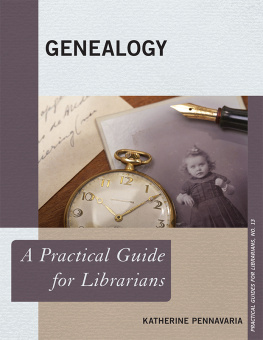
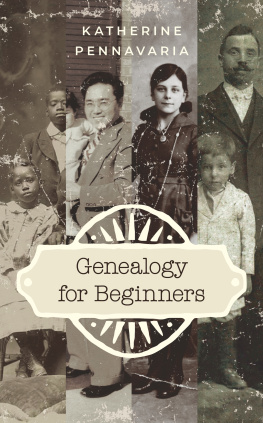
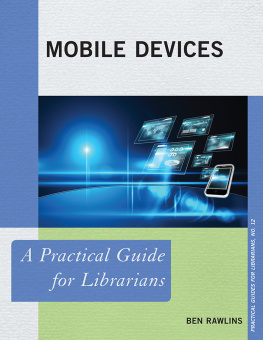
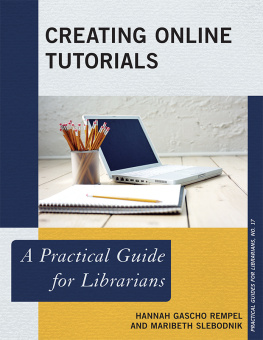
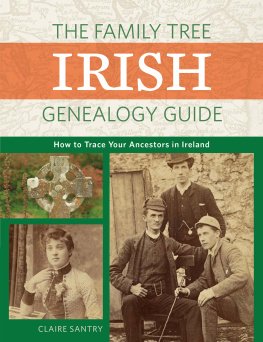

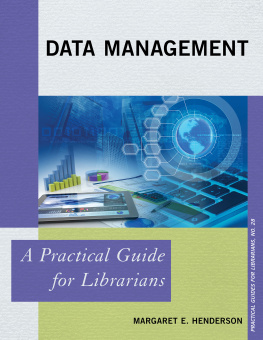
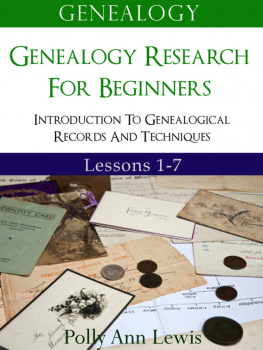
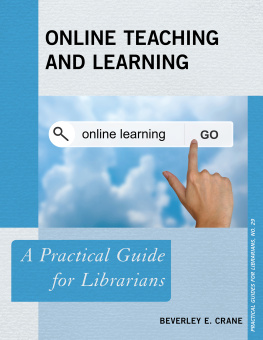
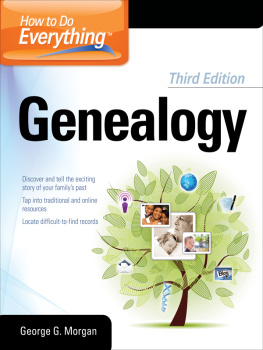

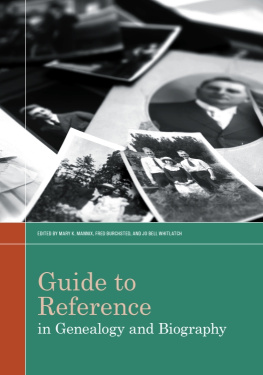
 About the Series
About the Series The paper used in this publication meets the minimum requirements of American National Standard for Information SciencesPermanence of Paper for Printed Library Materials, ANSI/NISO Z39.48-1992.
The paper used in this publication meets the minimum requirements of American National Standard for Information SciencesPermanence of Paper for Printed Library Materials, ANSI/NISO Z39.48-1992.